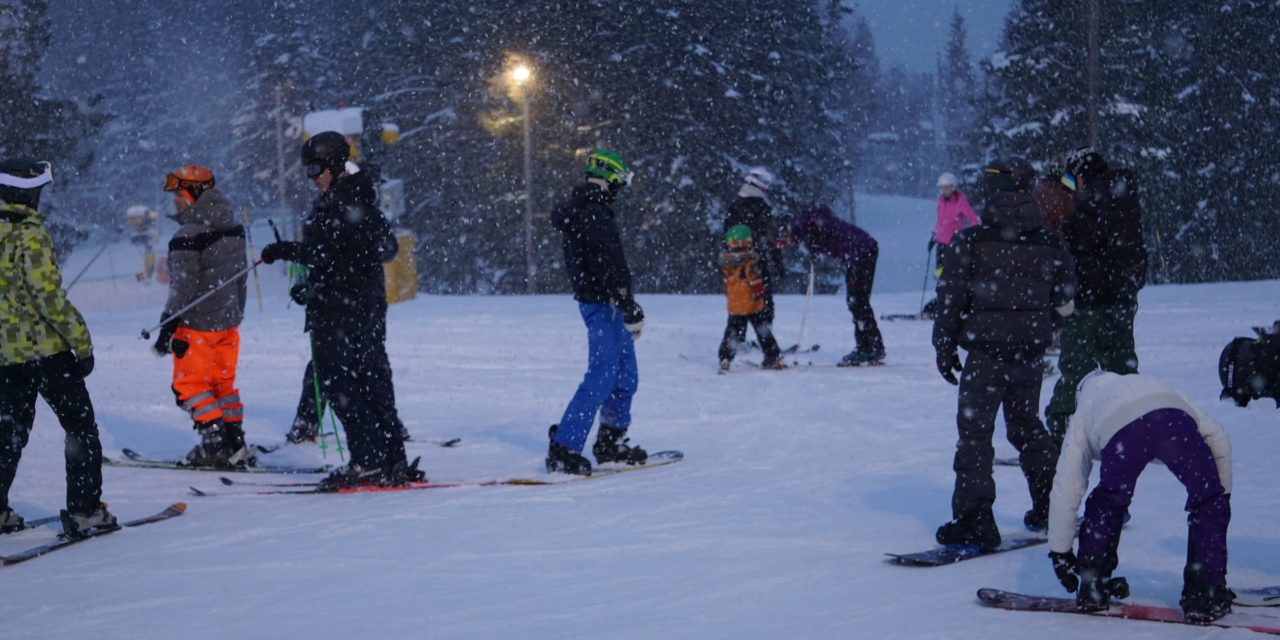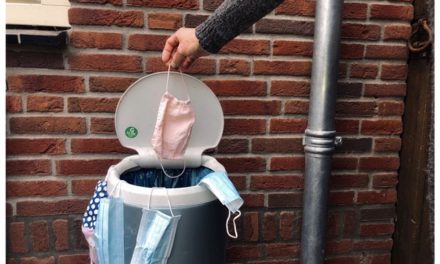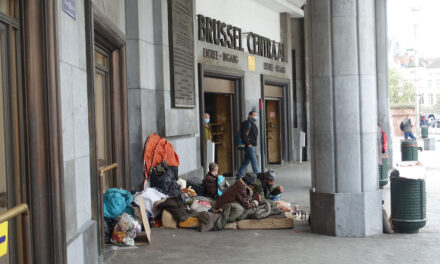Norway has won 41 gold medals at the last three Winter Olympics. Twice, the low populated country was in first place in the medal table; in 2014, only host Russia was able to record more medals. It’s a remarkable achievement for the country compared to other major sports nations, with more inhabitants and similarly good winter sports conditions.
The Norwegians have their own sports phi losophy and culture. Even at minus 15 degrees Celsius, you come across many joggers and cyclists on the streets of Norway. And people with skis on public roads are nothing special anyway. On a Friday, it shall also normal to do home office, postpone work and go skiing instead.
Sporty society
The Norwegian success is not only due to good training facilities or something similar, but mainly because a whole nation is doing sports. 93% of children in Norway were or are part of a sports club during their childhood. In Germany there were only 71% of girls and 75% of boys active in sports. As Jo Fossheim, children’s and youth coach for Nordic combined and ski jumping in Trondheim, reports, children who do not participate in sports are the exception and are on a somewhat “different side of society.” The goal of children’s and youth sports, he says, is above all to keep “as many as possible involved in sports for as long as possible.” Children’s rights and rules in sport contribute to this.
Children´s rights as base
The athletic career of every successful professional athlete begins during childhood. In Norway, this has a special significance. In 1987, the first rules for children’s sports were established by the General Assembly of the Norwegian Olympic and Paralympic Committee and the Norwegian Sports Confederation. Most recently 2019, they were expanded. The children’s rights are simply derived from the UN Convention on the Rights of the Child, and the rules and obligations related to sport have been added by the Sports Federation. “They express the values that form the basis of Norwegian children’s sport.” The values include the points of safety, friendship and enjoyment, mastery, influence, freedom of choice, competition for all, child-friendly conditions and inclusion. The points are primarily for the protection of children. Above all, Norwegians put fun first and these rules are meant to support that.
Fun and development with focussing on competition
The rules that must be implemented relate primarily to competitions. What is normal for others is completely irrelevant for Norwegian children (up to the age of 12): the winner and the ranking in competitions. As Linda Jacobsen fro
m the Children’s and Youth Sports Department of the Norwegian Olympic and Paralympic Committee reveals, children however, usually know whether they have won or not, especially in team sports when two teams play against each other. Nevertheless, it is not addressed, which makes the children put less emphasis on it and feel less bad if they are not among the first. The focus in training is on fun, development, and progress. Success will eventually come naturally, but it is not the ultimate goal, because the goal is the kids’ passion and progress.
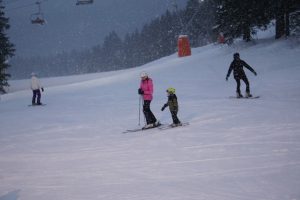
Children start doing sport at an early age.
Øyvind Sandbakk, professor at the Center for Elite sport Research at NTNU in Trondheim, says children have dreams for their own sporting careers and they should be allowed to dream big. However, their parents and coaches should not focus on their results, but to ensure that they are having fun, stimulate their curiosity and to slowly increase the demands in their training.”You should set the right challenges for them at the right time, slowly increasethem [the challenges ed.] so children always can achieve a feeling of mastering,thereby increasing passion for the sport, the growths of dedication while, atthe same time, maintaining good health.” Kids should be allowed to set theirown goals and be supported by parents and coaches achieving those goals.
According to Linda Jacobsen, because kids know where they stand anyway, there is not too much of a change when they turn 13 and all of a sudden are competing in official competitions with winners and prestige. However, Jo Fossheim also reports that some youngsters still have problems learning to deal with winning and losing. For him, this is one reason why Norway also has problems with many young people quitting sports. The main reasons that they don’t compete, he says, are fear and pressure, which they were protected from as children. But reasons for dropping out during adolescence include other, new interests, the increasing seriousness of sports, the many years they have already spent playing sports, and increasing leisure time conflicts with school and other sports that may have been played in parallel and take up a lot of time.
Inter- and cross-disciplinary collaboration
After all, this is also part of the Norwegian philosophy of success: cooperation between disciplines. At a young age, children are encouraged to try out several sports and to participate in more than just one sports. Indeed, this is also seen as a puzzle piece for successful development. In other sports, you learn other skills, whether it’s agility, body control, strength, or something else, it is likely you can benefit from them in the other disciplines as well. Cross-discipline training still counts as part of training, even for the pros.
Sport is a family thing
On a snowy Friday evening in the Oslo Ski resort it gets, as almost every evening, step by step more crowded. Because here the Oslo citizens find their active balance after work or school. In the floodlight at heavy snow fall nobody misses any fun, riding down the tracks. The availability of close by, high quality sport facilities is only one reason why so many Norwegians have a sporty life. But not only in winter do the Oslo families come to the ski resort. James Thorpe, a ski instructor, coming from his home in Australia to Norway every winter to work, says that for quite a while now, there is action in the ski resort all year round. “There is only a yearly instead of a seasonal membership. People come here, every day, all year around for multiple activities, which are offered during all seasons.”
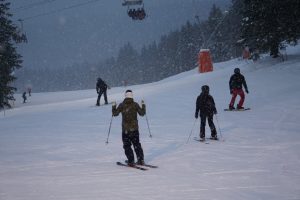
Norwegians do sport with families and friends.
Parental support is equally important for sporty children as the trainer´s support. They accompany their children in their athletic development, take them to training sessions and competitions or to fun sport activities as in Oslo. But their work as volunteers is especially called for in the club. There is relatively little government support in the Norwegian sports organization. Everything is borne by the clubs, and so parents must pitch in as well. “Clubs are not only there for the children, but for the whole family”, adds Sandbakk. Parents have the advantage that they have a much better picture of the entire situation for children and can therefore better judge and influence how the children develop and what they need, in terms of overall training stimulus and recovery, such as nutrition, sleep et cetera.
Many parents are also coaches in the club, and often the clubs offer regular coaching sessions for parents, passing on know-how, values and ideas on how parents can help their children and their development. This also includes observing children’s rights and rules. However, such coaching can often only be provided by well-positioned clubs.
Difficult financial support
The financing of sports in Norway also differs from other countries. In Norway, the state does barely pay anything for sports. Clubs finance themselves through club fees and sponsors. Professional athletes also finance their careers mainly through sponsorships. However, there are small financial supports from the Norwegian Sports Federation. The amount is determined by categories depending on athletes and sports. However, they are not available for all sports.
Especially materials are very expensive in certain sports. Due to all the costs associated with sports, a class divide in sports is also developing more and more in Norway. There are significantly more middle- and upper-class children participating in sports compared to lower-class children. To counteract this, there are measures that, for example, put a cap on the quality of the equipment that can be used, thus keeping prices lower and more affordable. This is intended to create fairer conditions for competition and participation. It should be possible for the masses to participate in sports according to a “sports for all” policy.
Connection from the amateur to the pro
The transition from amateur athlete to professional athlete can be fluid. As already quoted, after spending your youth with sports in Norway, you have a good basis. Some then decide late to approach the whole thing seriously and professionally, others benefit already during their youth from a good cooperation with sports of certain schools, later also universities and the so-called “Olympiatoppen”, the Norwegian top sport centre that works with elite sport across disciplines.
In Oslo you can find the Olympiatoppen high above the city, right next to the Norwegian School of Sport Sciences. The comfort for young athletes is obvious. Right next to the Granåsen Skisenter in Trondheim is the regional Olympiatoppen. A modern training facility outside of the city in the forest between cross-country track and ski jumping hill with a view on the massive construction work for the Nordic Ski World Championship in 2025.
Olympiatoppen are cross-disciplinary and interdisciplinary. There, athletes from different sports are trained and promoted under one umbrella. Values and strategies are shared, skills are learned and passed on. At this meeting place, the aim is to bring out the best in everyone through encouragement, challenge and community to make Norway’s top sports even more successful.
Everything is teams sport
In principle, Norway has a “national team model”. This means that each sport has its own sports federation, which can make individual decisions and go its own way. All these federations are then brought together under the aforementioned Norwegian Olympic and Paralympic Committee and Sports Federation. Øyvind Sandbakk adds that Norway as a small nation can of course implement a much easier national organization than many big nations. Small nations would offer unique opportunities, as size forces them to work together. However, he says this brings opportunities to learn from each other, also in terms of material development, not just pure athletic training benefits.
Teams in general play an important role in the Norwegian philosophy. Athletes, whether young or professional, benefit and learn from each other, as they do from other sports. “Together, everyone achieves more,” says Sandbakk. Echo chambers – limited thinking and learning in a bubble – are thus to be avoided. Men and women´s teams also often train together to pass on tricks and knowledge and push each other forward.
According to Jo Fossheim, another success factor has been the scientific (training) approach introduced since about 2002. People started to analyse more and work with scientific knowledge. Also, different philosophies were combined into one basic principle, which has been implemented since then.
Øyvind Sandbakk, together with some colleagues, has summarized seven factors that can explain the success of Norwegian winter athletes. In the interview, he emphasizes, as do other experts, that the factors leading to Norway’s success are all intertwined and only work together. They cannot be transferred one-to-one as a “recipe” to other countries. Norway’s sports culture is unique, as are the sports cultures of other countries, some more successful, some less successful, some with better conditions and some with worse conditions.
